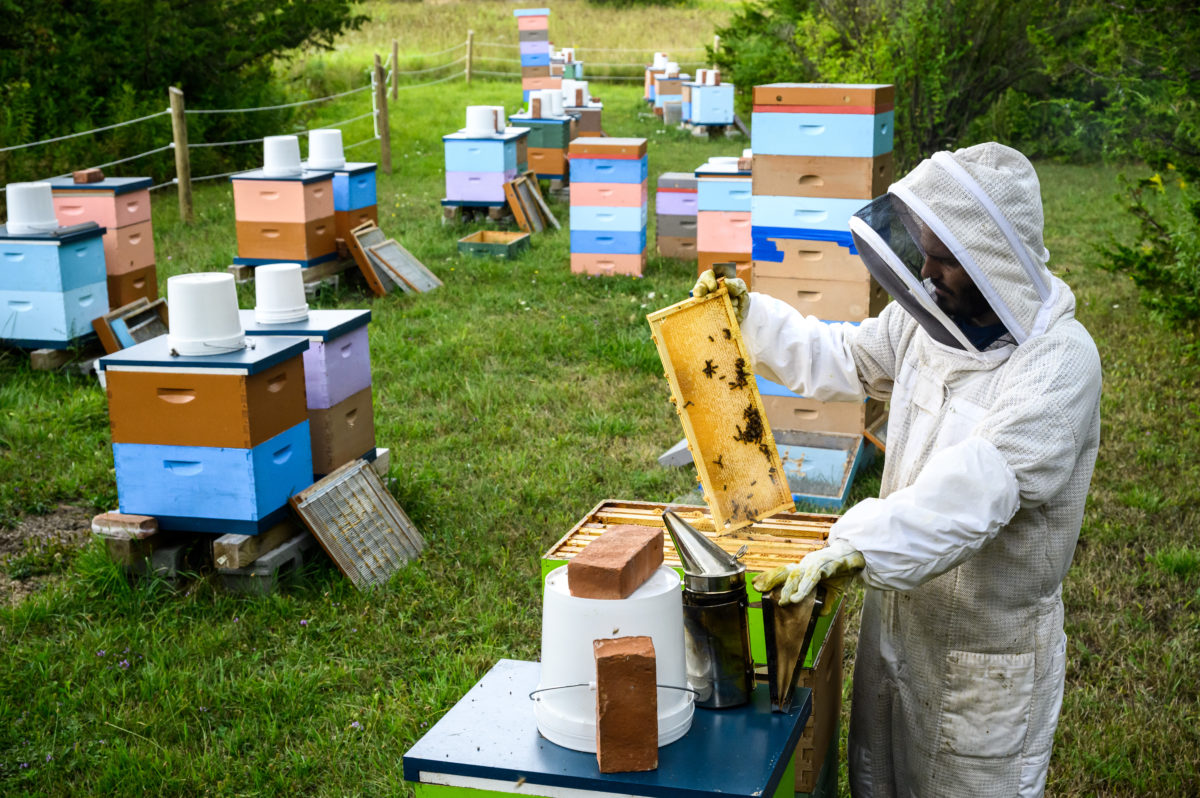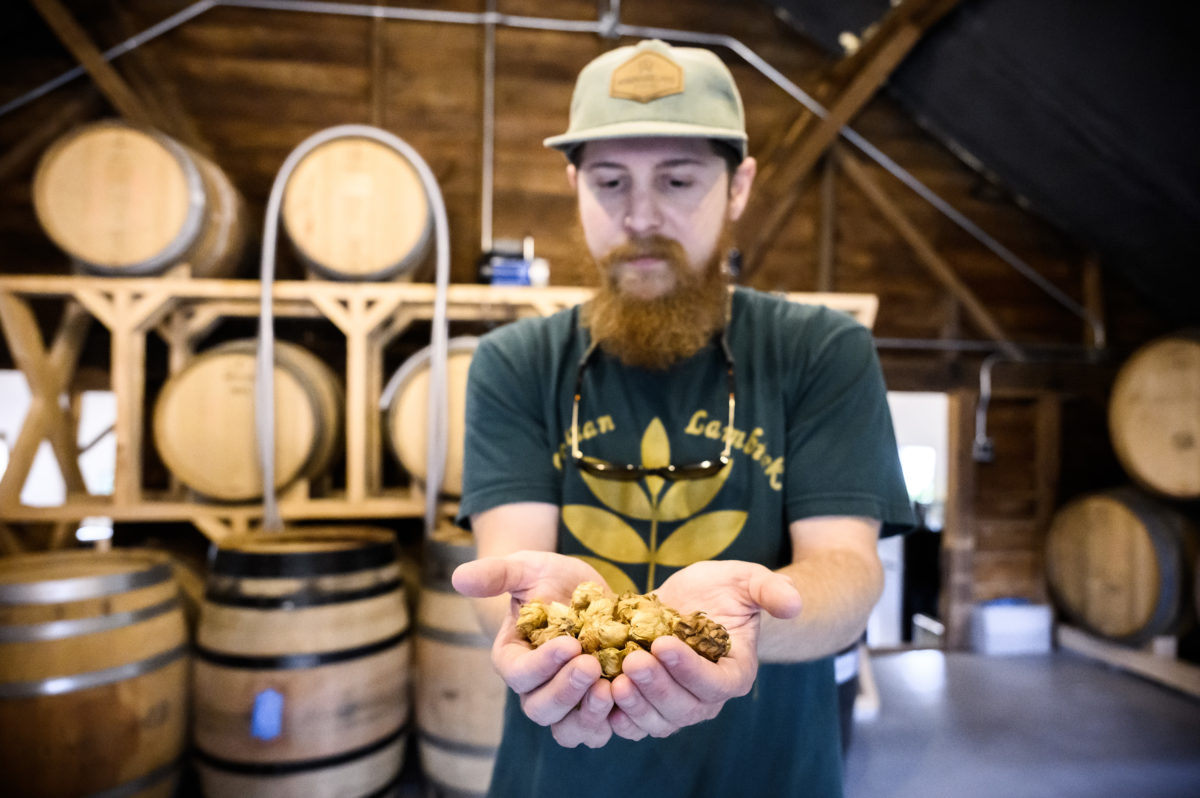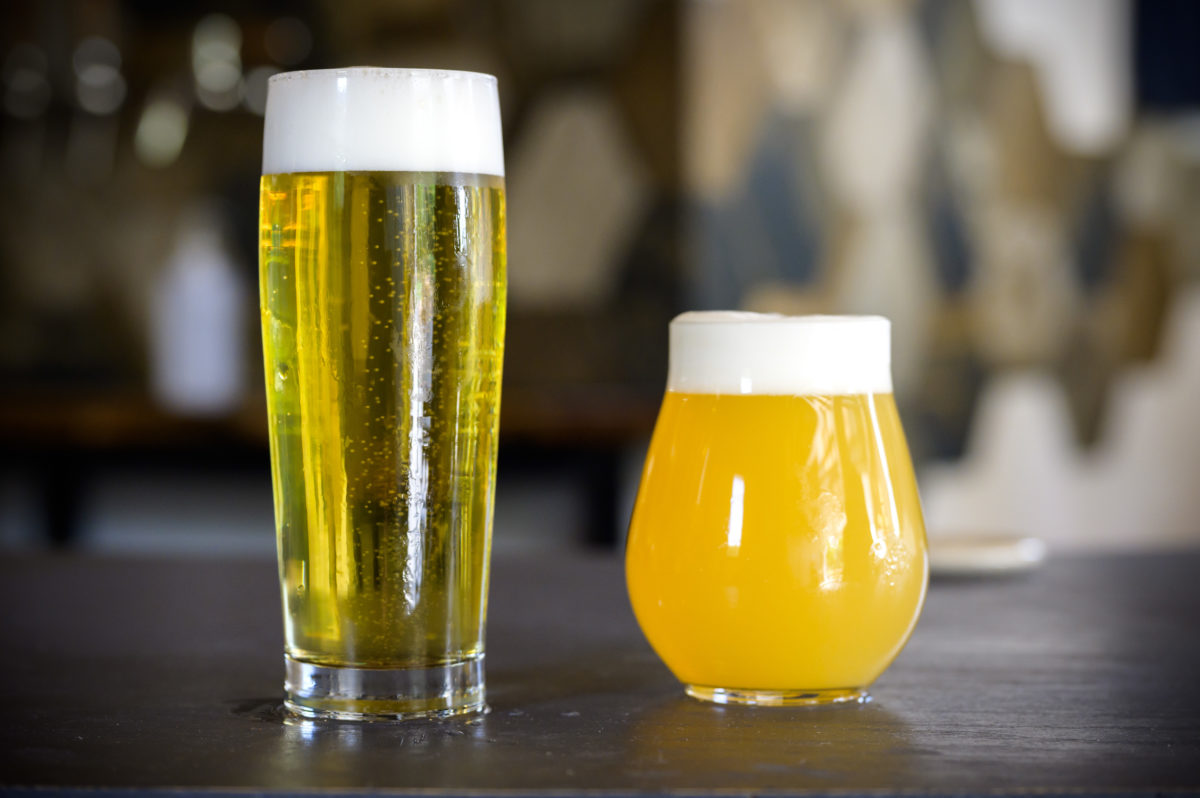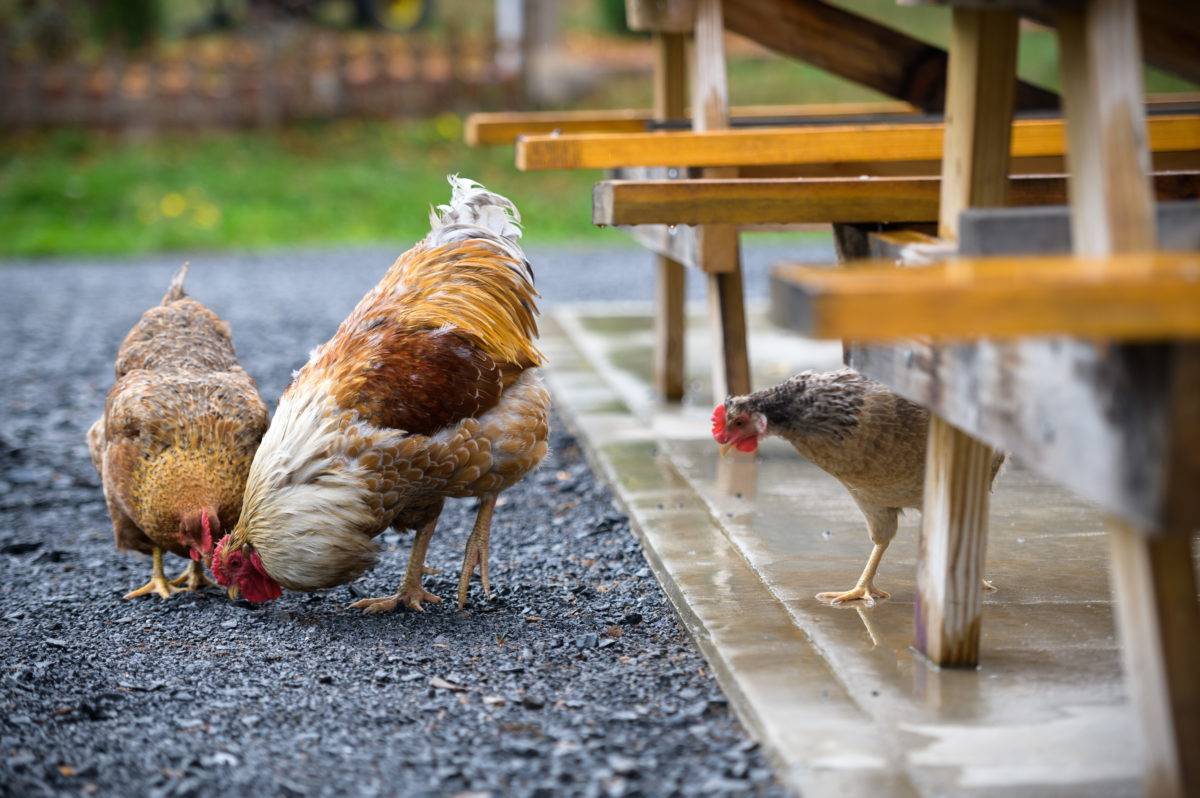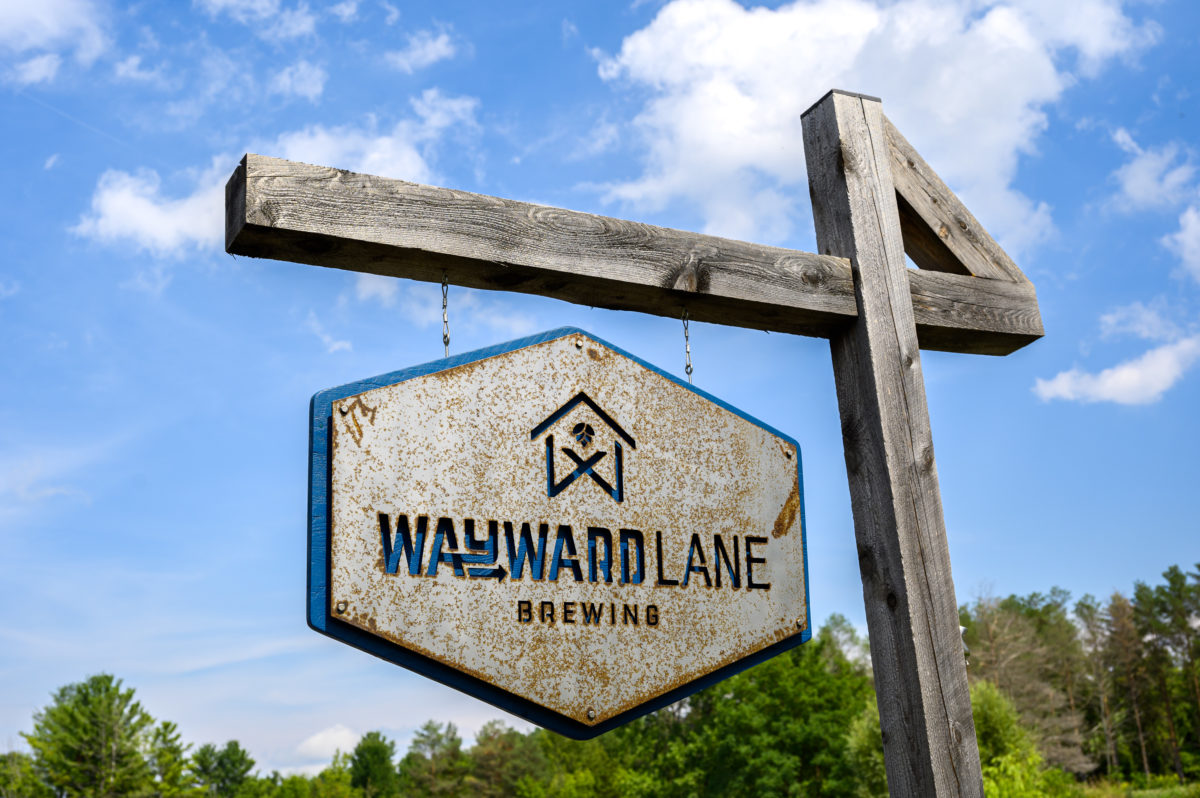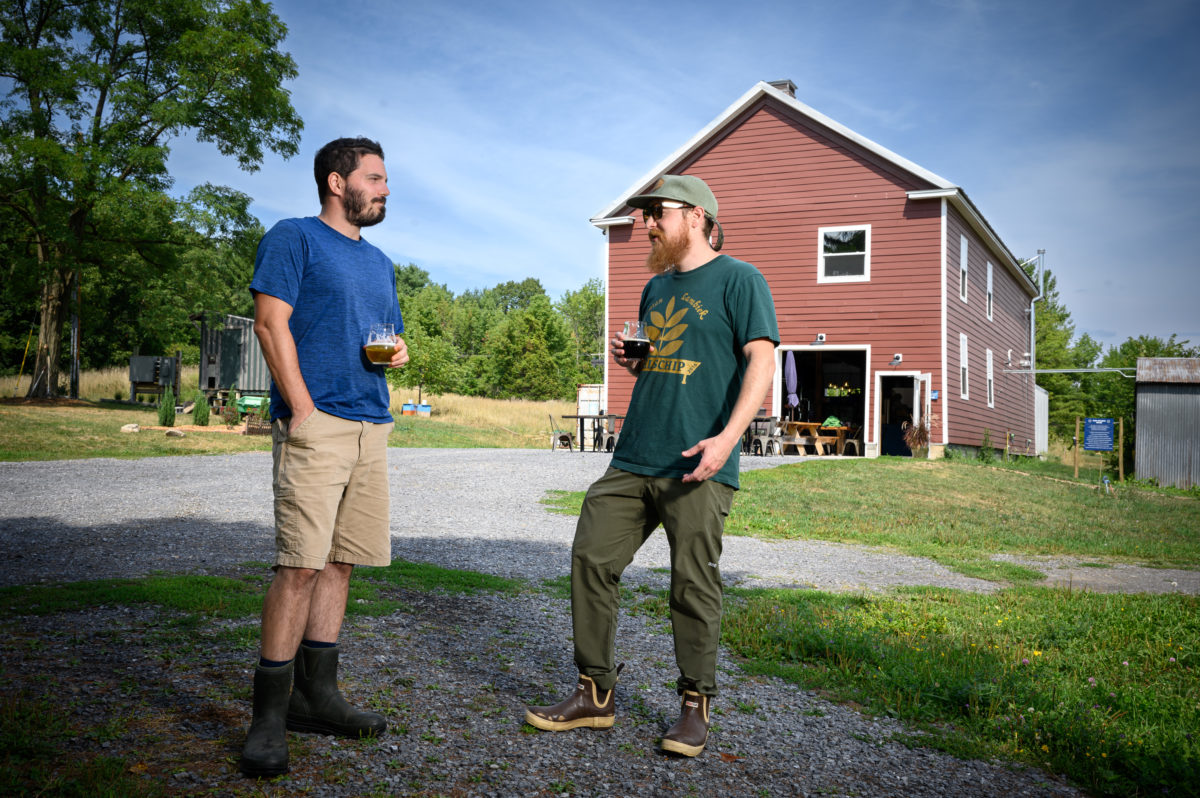If you walk into Wayward Lane Brewing as a craft beer newbie, they’ve got something you’ll like. If you’re a more seasoned craft connoisseur, you might reach for a wild ale fermented with various fruits or even foraged material from the farm. Either way – or at many points in between – Wayward Lane in the idyllic community of Schoharie, New York, has you covered.
“Schoharie is a beautiful place. We’re right between the Catskills and Adirondacks, which is the place you want to be. The views are gorgeous,” Wayward Lane Farm Manager Andrew Rowles says. Thus the perfect setting for this off-the-beaten-path and a little left-of-center farm brewery where on-site ingredients blend to build beautiful things that tend to start in the bee yard.
“I just started putting my fingers in all sorts of different farming activities and I’d say the one that stuck the most was beekeeping,” says Rowles, who moved back to Schoharie from college in Colorado to revive the family farm. “The honey plays a huge part in the brewery. Anything we release in bottles is conditioned on honey, we use honey in a lot of our beers that we brew.”
“All of these things, the brewery, the bees, the fruit orchard and the customers that come and congregate here – that all fits together in one package,” he says.
This concept is evident everywhere on the farm. Wayward Lane uses organic supplements like spent grains to enhance the soil, for example. The homegrown fruit, in turn, goes back into the beer. The bees play a role again as they take care of pollination on the farm.
That’s all brought back to an 1880s-era hop house where the brewery and tasting room are housed. The building itself is a tribute to the rich agricultural history and the great legacy of brewing in this one-time “breadbasket” of upstate New York.
“I think it’s special to be in an area that’s so well-renowned for its ingredients, particularly those that went into earlier beer production,” Head Brewer Adam Rosenthal says. “It just proves that this is a great region for producing all of those things.
“It’s definitely important because I feel there are beers that are very much meant to be made with the ingredients that are surrounding us,” he says.
This primarily applies to spontaneously fermented wild ales produced at Wayward Lane. These brews pick up wild yeast and bacteria from the air. They are extremely farm-focused beers with ingredients grown – or even foraged – on-site or close nearby.
There are unusual integrations like honey locust pods, sumac buds or even mushrooms. Tart cherries, raspberries and blackberries are complemented by elderberries, Aronia berries and rare pawpaw trees.
“Spontaneous brewing is in all ways very localized,” Rosenthal says. “From the very beginning, the thing that is fermenting the beer is just coming from the air around you.
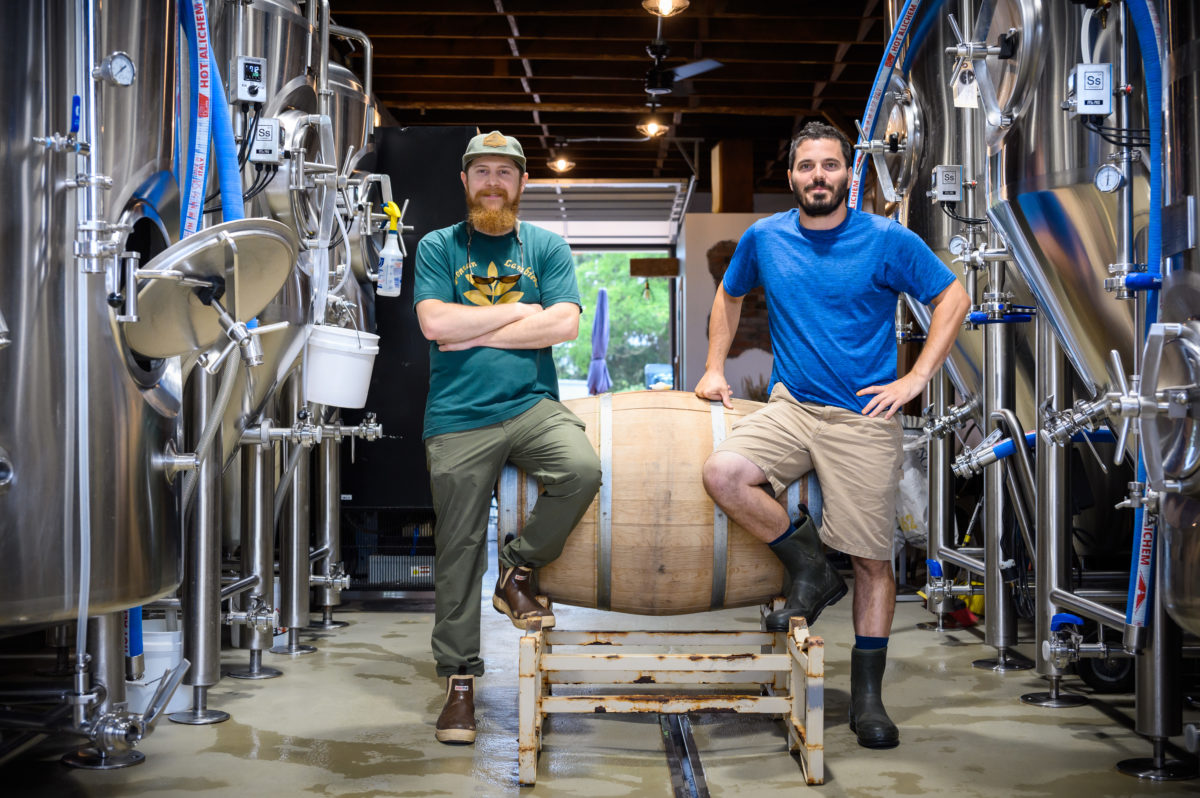
“It truly portrays the terroir of our area,” he says. “This is Schoharie County in a bottle.”
Creative craft beverages like these come from years of experimentation as a homebrewer – a history that comes in two parts. Rosenthal’s first kitchen experiments were “terrible,” he admits. So bad, in fact, that he gave up. Eventually a friend drew him back to brewing.
After college in Colorado, he found himself with a geography degree and little direction. He turned back to his passion and started working in the brewing business with a mobile canning company before graduating to producing brews in Colorado. Today, he draws inspiration from both old and new schools of thought.
“I’m definitely really inspired by tradition. I also have an appreciation for innovation and new techniques,” Rosenthal says. “It’s a constant evolution to do new things and constantly hone our process.”
Tradition and innovation frequently collide in the Wayward Lane brewery, especially when it comes to West Coast IPAs. It’s a style both Rosenthal and Rowles became accustomed to during their time in Colorado. One of their many missions is to bring a bit of the West to an audience that typically imbibes the New England IPAs that are popular on this side of the country. No matter what they’re brewing, though, it just has to taste good – really good.
“Our goal is always to make a product as best as we possibly can,” Rosenthal says. “I want people to come here and really enjoy themselves, enjoy the product.”
It’s a pretty simple philosophy for a guy who produces some pretty complex stuff. No matter what patrons pick though, they’re bound to find something they like. Even if they just come for the ambiance of a musical performance at the brewery’s expansive backyard known as the “Bier Meadow.”
“We came in here wanting to draw in the crowd that might not normally drink craft beer,” Rowles says.
They’ve not only managed to attract crowds, but convert many to craft beer fans by offering more creative ales, IPAs and lagers that live off the land.
